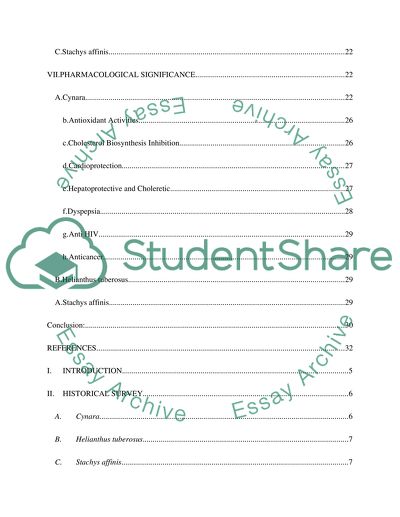Cite this document
(“A monograph about artichoke Essay Example | Topics and Well Written Essays - 3250 words”, n.d.)
Retrieved from https://studentshare.org/environmental-studies/1411526-a-monograph-about-artichoke
Retrieved from https://studentshare.org/environmental-studies/1411526-a-monograph-about-artichoke
(A Monograph about Artichoke Essay Example | Topics and Well Written Essays - 3250 Words)
https://studentshare.org/environmental-studies/1411526-a-monograph-about-artichoke.
https://studentshare.org/environmental-studies/1411526-a-monograph-about-artichoke.
“A Monograph about Artichoke Essay Example | Topics and Well Written Essays - 3250 Words”, n.d. https://studentshare.org/environmental-studies/1411526-a-monograph-about-artichoke.


